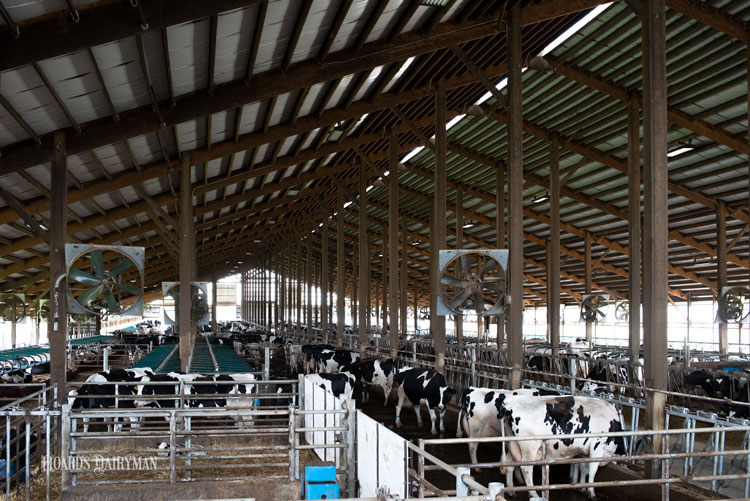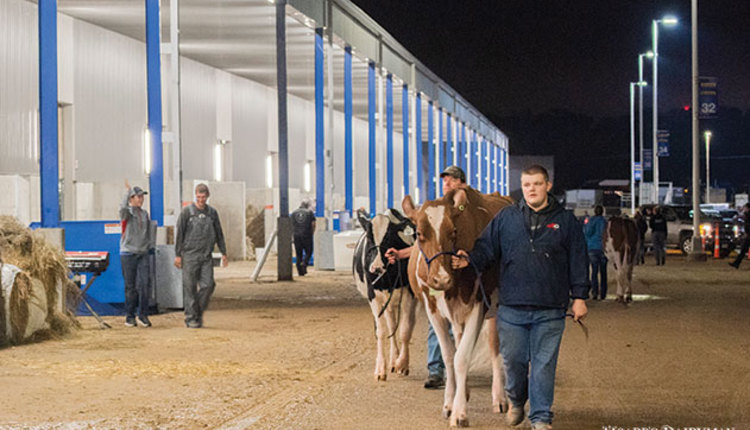
Uncooled dry cows have lower milk production throughout their lactation, found a University of Florida study, but that’s not all. Alycia Drwencke of Cornell Cooperative Extension shared that uncooled dry cows have reduced dry matter intakes (DMI) precalving and weaker immunity pre- and postcalving, resulting in more health incidents. In addition, these cows can also have a shorter gestation length and dry period, opening the door for more long-term effects.
It is important to note that these uncooled cattle still had access to shade in the study. It is most ideal to cool dry cows during the entire dry period to prevent milk loss. The same should be provided for bred heifers. Milk production can be as high as 5 pounds more per day in cooled heifers, said Drwencke, who shared comments during a Cornell University webinar, “Managing and abating heat stress on your dairy in 2021.”
The additional milk production alone surely make it seem like providing more heat abatement tools is necessary and worthwhile. One study from the University of Florida explained by Drwencke analyzed the milk price and days of heat stress annually that would financially justify building a new barn to provide cooling for dry cows. The results showed it financially made sense to do so if the farm experiences 55 to 81 heat stress days per year, which 89% of U.S. dairy cows do. The same researchers also found that renovating existing barns to add fans and sprinklers would need six to nine days of heat stress per year, which happens in all U.S. states.








